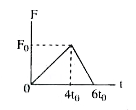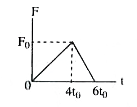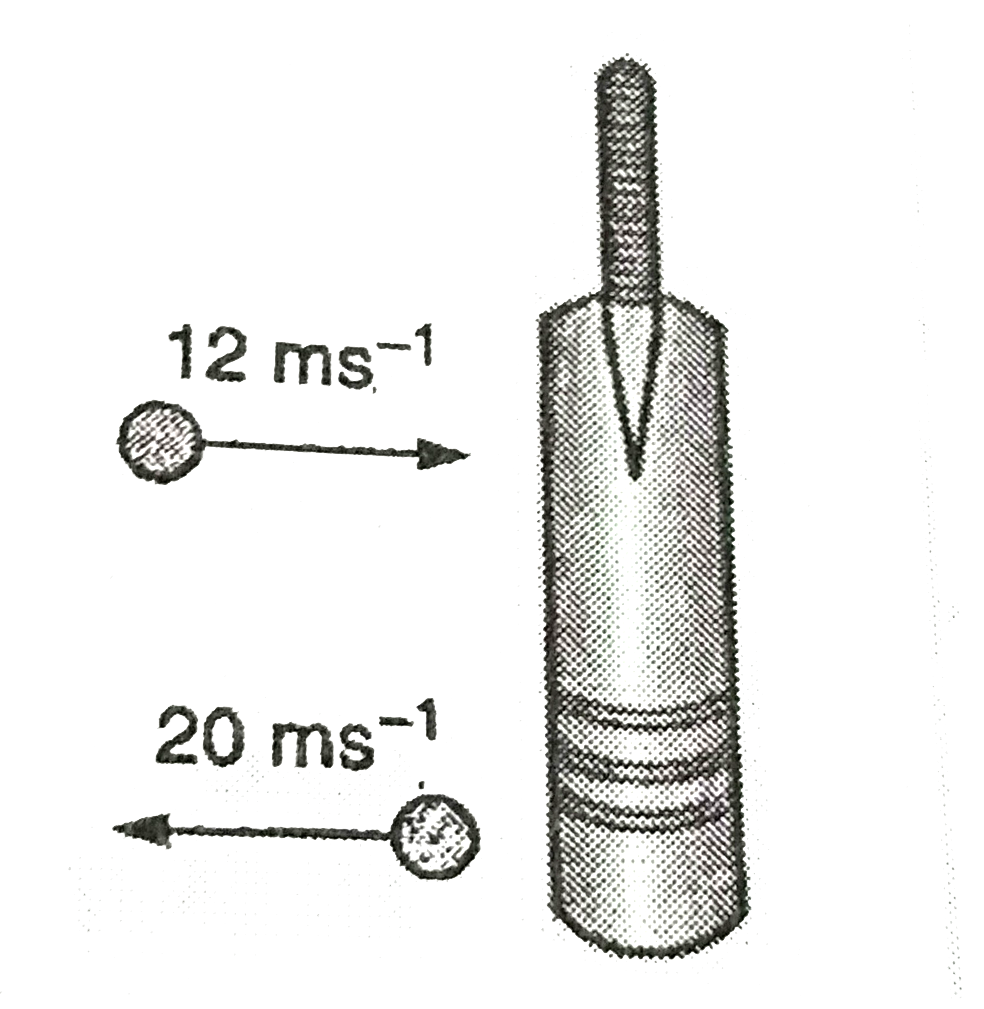A cricket baal of mass 0.25 kg with speed 10 m/s collides with a bat and returns with same speed with in 0.01 s. The force acted on bat is
25 N
50 N
250 N
500 N
The correct Answer is:D
To solve the problem of finding the force exerted on the bat by the cricket ball, we can follow these steps:
Step 1: Identify the given values
- Mass of the cricket ball (m) = 0.25 kg
- Initial speed of the ball (u) = -10 m/s (taking the direction towards the bat as negative)
- Final speed of the ball (v) = +10 m/s (after collision, the ball returns in the opposite direction)
- Time of collision (t) = 0.01 s
Step 2: Calculate the change in velocity (Δv)
The change in velocity can be calculated using the formula:
Δv=v−u
Substituting the values:
Δv=10−(−10)=10+10=20m/s
Step 3: Use the formula for force
The force (F) can be calculated using Newton's second law, which states:
F=m⋅Δvt
Substituting the known values:
F=0.25⋅200.01
Step 4: Simplify the expression
Calculating the right side:
F=0.25⋅2000=500N
Conclusion
The force exerted on the bat by the cricket ball is 500 N.
- Mass of the cricket ball (m) = 0.25 kg
- Initial speed of the ball (u) = -10 m/s (taking the direction towards the bat as negative)
- Final speed of the ball (v) = +10 m/s (after collision, the ball returns in the opposite direction)
- Time of collision (t) = 0.01 s
The change in velocity can be calculated using the formula:
Δv=v−u
Substituting the values:
Δv=10−(−10)=10+10=20m/s
The force (F) can be calculated using Newton's second law, which states:
F=m⋅Δvt
Substituting the known values:
F=0.25⋅200.01
Calculating the right side:
F=0.25⋅2000=500N
The force exerted on the bat by the cricket ball is 500 N.
Similar Questions
A ball of mass 0⋅2 kg moving with a speed of 30 m/s strikes a bat returns in opposite direction with speed of 90m/s . Magnitude of change in momentu,m of ball will be
View SolutionA body of mass 2kg collides with a wall with speed 100 m/s and rebounds with same speed. If the time of contact was 1/50 second, the force exerted on the wall is
View SolutionA cricket ball of mass 150 g moving at a speed of 25 ms−1 is brought to rest by a player in 0.03 s. Find the average force applied by the player.
View SolutionA ball of mass 2kg moving with speed 5m/s collides directly with another ball of mass 3kg moving in the same direction with speed 4m/s. The coefficient of restitution is 2/3. Find the velocities of both ball after the collision.
View SolutionA ball of mass 150 g moving with an acceleration 20 m/s2 is hit by a force, which acts on it for 0.1 s. The impulsive force is
View SolutionA player caught a cricket ball of mass 150g moving at a rate of 20m/s. If the catching process is completed in 0.1s, the force of the blow exerted by the ball on the hand of the player is equal to
View SolutionA cricket ball of mass 150 kg is moving with a velocity of 12m/s and is hit by a bat so that ball is turned back with a velocity of 20m/s . The force of the blow acts for 0.01 s on the ball . Find the average force exerted by the bat on the ball.
View SolutionA ball of mass 'm' is thrown with a speed v0 towards a bat. It rebounds along the same speed 2v0 . The variation of interaction force between the bat and ball is shown

Average force exerted by the bat on the ball is
View SolutionA ball of mass 'm' is thrown with a speed v0 towards a bat. It rebounds along the same speed 2v0 . The variation of interaction force between the bat and ball is shown

Maximum force exerted by the bat on the ball is
View SolutionA cricket ball of mass 150 g is moving with a speed of 12ms−1 and is hit by a bat so that the ball is turned back with velocity of 20ms−1 if duration of contact between bat and ball is 0.01 s then:

View Solution
